Splendid Isolation
From Kenyon News - April 10, 2020
At a time when many are feeling physically isolated from others, literature can help us reconnect with society and shared human experiences. Kenyon faculty from across disciplines recently shared their favorite books with future members of the Class of 2024 as part of a virtual faculty panel.
Richard L. Thomas Professor of Creative Writing Ira Sukrungruang:
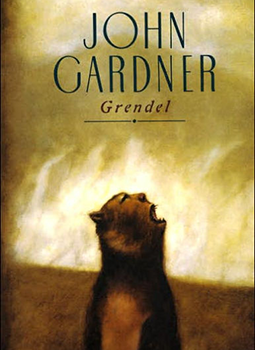 John Gardner’s “Grendel,” a modern retelling of “Beowulf.” Grendel is probably one of the most eloquent characters in American literature.
John Gardner’s “Grendel,” a modern retelling of “Beowulf.” Grendel is probably one of the most eloquent characters in American literature.
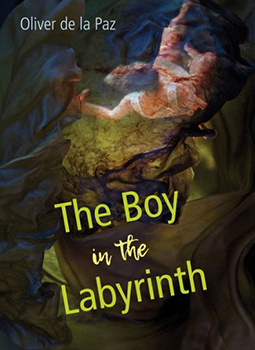
The poet Oliver de la Paz’s “The Boy in the Labyrinth.” This book is astounding because it’s a book of poetry that is talking about what it means to be a father who’s trying to raise two autistic sons. Oliver de la Paz will do a virtual reading with the Kenyon Review on April 21.
Roy T. Wortman Distinguished Professor of History Wendy Singer:
- “The Mirror and the Light,” by Hilary Mantel
- “Gun Island,” by Amitav Ghosh
Professor of Biology Drew Kerkhoff:
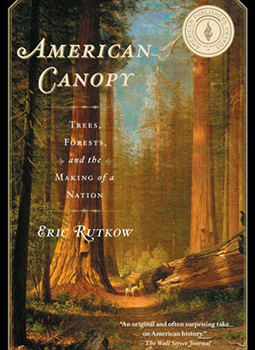 Right now, I’m reading a nonfiction history book called “American Canopy” by Eric Rutkow, and it’s about the role of trees in American history. I’m an ecologist, I’m wild about trees.
Right now, I’m reading a nonfiction history book called “American Canopy” by Eric Rutkow, and it’s about the role of trees in American history. I’m an ecologist, I’m wild about trees.
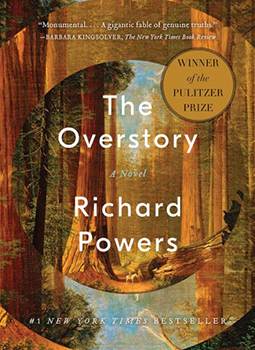
If you haven’t read the novel “The Overstory” by Richard Powers, check it out. It’s a phenomenal book about trees — I’m a little obsessed — but the trees are actually characters in the book, and it weaves together the lives of a whole set of individuals. The structure of the book itself is a narrative tree that starts with separate roots, comes together into a trunk and then disperses into a canopy of different stories, so the book itself has this structure that reflects the topic of the book.
Professor of Music Reginald Sanders
- “Stand Up Straight and Sing!” by Jessye Norman
- “All the Light We Cannot See,” by Anthony Doerr
Assistant Professor of Political Science Jacqueline McAllister:
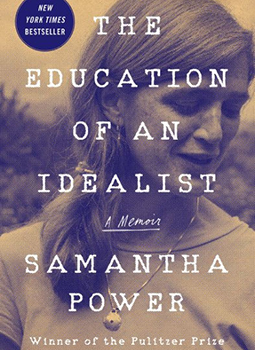 A long time ago when I was a college student, I read a book by a woman named Samantha Power called “A Problem from Hell,” in which she talks about all the reasons why it’s so hard to stop genocide from happening in contemporary world politics. She went on to play a very big role in the Obama administration in terms of shaping policy and humanitarian issues, and she had a challenging time being a policymaker and dealing with some of the things she talked about in her earlier book. So I’m actually reading her book “The Education of an Idealist” right now to see how Power is thinking about her role and being a policymaker versus a scholar, and I find that very intriguing.
A long time ago when I was a college student, I read a book by a woman named Samantha Power called “A Problem from Hell,” in which she talks about all the reasons why it’s so hard to stop genocide from happening in contemporary world politics. She went on to play a very big role in the Obama administration in terms of shaping policy and humanitarian issues, and she had a challenging time being a policymaker and dealing with some of the things she talked about in her earlier book. So I’m actually reading her book “The Education of an Idealist” right now to see how Power is thinking about her role and being a policymaker versus a scholar, and I find that very intriguing.
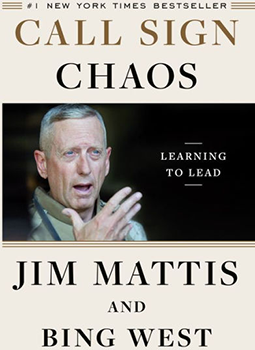
To make sure I’m being nonpartisan and balanced, I’m also reading “Call Sign Chaos” by General Jim Mattis.
My fun reading — this is a very nerdy thing, but I’m amongst nerdy friends at Kenyon — is the Veronica Speedwell Mystery Series.
Associate Professor of English Sarah Heidt ’97
- “Girl, Woman, Other,” by Bernardine Evaristo
- “Dominicana,” by Angie Cruz
- “Burn It Down!: Feminist Manifestos for the Revolution,” by Breanne Fahs
Thomas S. Turgeon Professor of Drama Jonathan Tazewell ’84:
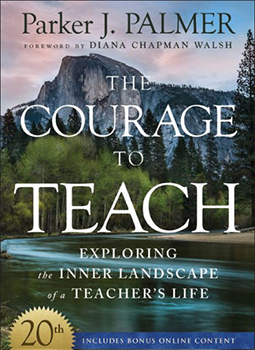 I just finished “The Overstory,” so I would definitely recommend that, seconding Professor Kerkhoff. I’m currently reading “The Courage to Teach,” by Parker Palmer, which is a very good book, but especially for those of us who teach.
I just finished “The Overstory,” so I would definitely recommend that, seconding Professor Kerkhoff. I’m currently reading “The Courage to Teach,” by Parker Palmer, which is a very good book, but especially for those of us who teach.
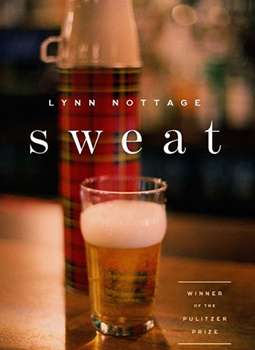
I’m rereading and rereading and rereading the play “Sweat,” by Lynn Nottage, which is the play that I’m going to direct at Kenyon in the fall.
Professor of Chemistry James Keller:
- “A River Runs Through It,” by Norman Maclean
Professor of Mathematics Judy Holdener:
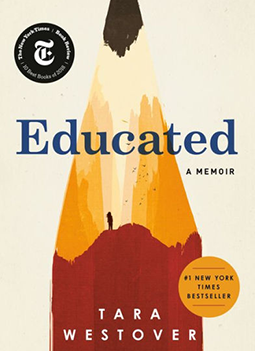 I just finished Tara Westover’s “Educated,” which is one of my favorite books ever. It’s a memoir about how Westover became a history professor. She grew up in the mountains raised by a Mormon family, although it’s really not about religion, it’s just about her culture, and how she had to struggle to get an education and to get where she is.
I just finished Tara Westover’s “Educated,” which is one of my favorite books ever. It’s a memoir about how Westover became a history professor. She grew up in the mountains raised by a Mormon family, although it’s really not about religion, it’s just about her culture, and how she had to struggle to get an education and to get where she is.

There’s a really dorky book on my bedside table right now, it’s called “The Pencil” by Henry Petroski, and it’s a book I’ve had for a long time but I’ve just managed to find time to start reading it. It’s the history of the pencil and writing implements, and I like the idea of this book because you can do so much with just a pencil. People talk about being stir crazy, but I don’t really feel stir crazy because all I need is a pencil, paper and my computer, and the world of mathematics is vast.
Professor of Economics and Environmental Studies Robert Alexander:
- “Ecological Economics for the Anthropocene: An Emerging Paradigm,” edited by Peter Brown and Peter Timmerman
President Sean Decatur:
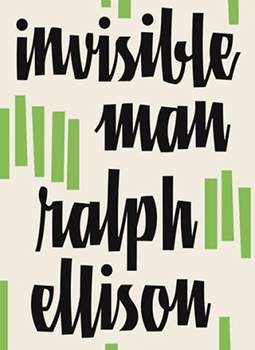 Typically every other year — though given extra reading time this year I’m now doing it two years in a row — my go-to reread book is Ralph Ellison’s “Invisible Man.” I find with his books that I figure out new elements every time, and I’m also just repeatedly blown away by the beauty and simplicity of the prose. So this is now probably my 25th time reading “Invisible Man,” but I just really love it.
Typically every other year — though given extra reading time this year I’m now doing it two years in a row — my go-to reread book is Ralph Ellison’s “Invisible Man.” I find with his books that I figure out new elements every time, and I’m also just repeatedly blown away by the beauty and simplicity of the prose. So this is now probably my 25th time reading “Invisible Man,” but I just really love it.